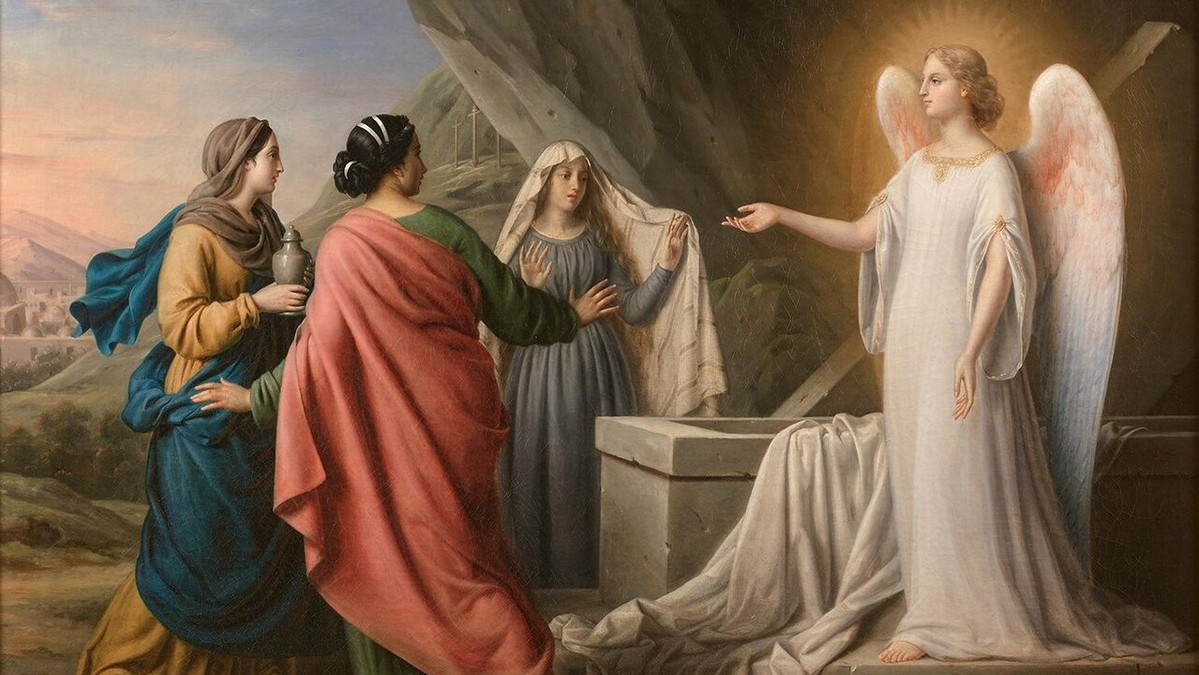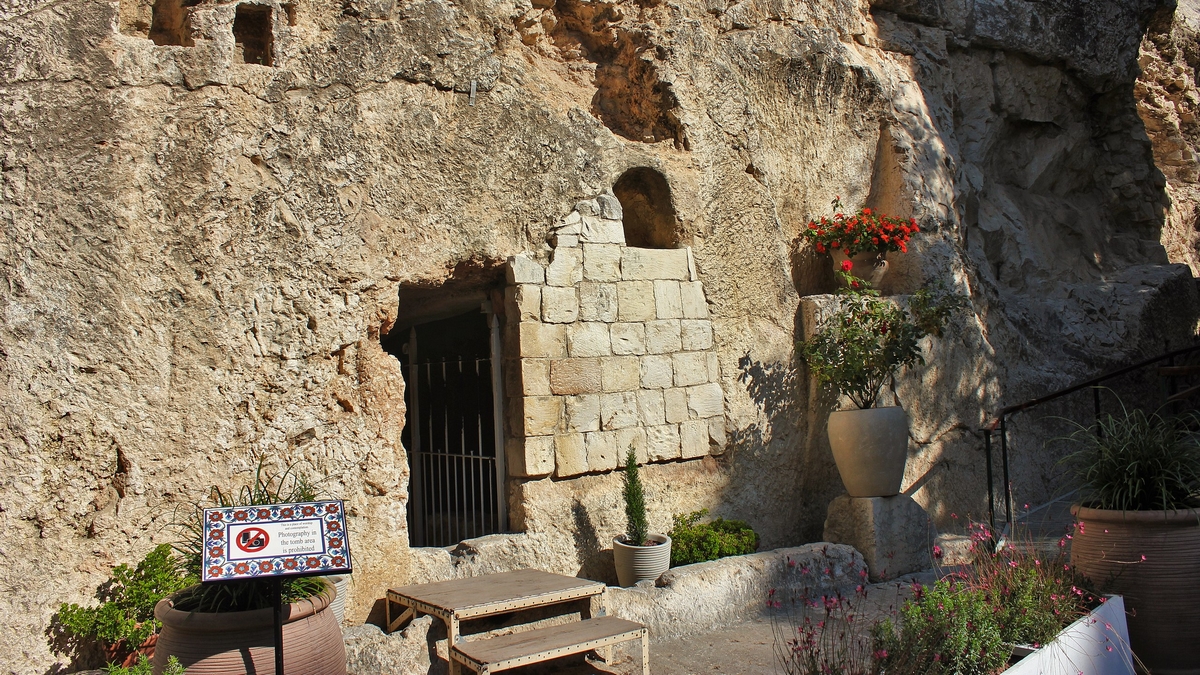The resurrection of Jesus Christ is the most crucial moment in Christian tradition, as it marks the beginning of the new Abrahamic faith. Jesus’ return from the realm of the dead occurs in several steps, the first of which is the discovery of his empty tomb.
According to the Holy Bible, Jesus was judged as a false prophet by the Roman Empire, a crime for which the gruesome punishment was to die on the cross. The crucifixion of Jesus is a painful moment in Christian history as it represents the brutal sacrifice of the Son of God. In Christian tradition, through his pain, Jesus redeemed humanity from its sins, allowing people to enter the Kingdom of Heaven after their death.
The crucifixion of Jesus is not the end of the story, as the Son of God rose after three days. News of Jesus’ resurrection spread slowly, thanks primarily to the witnesses who found his empty tomb.
Who were the women who found Jesus’ empty tomb?

The discovery of Jesus’ empty tomb is described in different canonical Gospels. All four main Gospels —Mark, John, Luke, and Matthew — discuss the iconic moment and describe who first realized that Jesus’ body was missing. All agree that women decided to visit Jesus’ dead body. However, the identity of these women varies depending on the retelling.
In the Gospel of Mark, three women are walking toward Jesus’ resting ground: Mary Magdalene, Mary -mother of James, and Salome. Luke, on his turn, also mentions the two Marys but adds Joanna and several unnamed witnesses. In Matthew’s account, only the two Marys are present. For John, Mary Magdelene was alone.
The details of the finding also vary depending on which Gospel you read. Three Gospels describe the presence of celestial messengers who tell the women about the good news. In Matthew, the women meet an angel sitting on the boulder that blocked Jesus’ grave before his resurrection. Mark mentions a man dressed in white waiting for the women inside the tomb. Finally, Luke’s version has two men announcing Christ’s resurrection. In John’s version of the tale, Mary Magdelene sees the tomb open and rushes to tell Jesus’ disciples without a previous warning from an angel.
After the tomb is found empty, all four Gospels describe Jesus’ first appearance after his death. In John, Mary Magdalene meets Christ as she walks away from the tomb. Something similar also happens in Matthew, where Jesus meets the women after they find the tomb. Mark describes how Jesus visits Mary Magdalene first before going to his disciples. Luke gives the most distinct version; for him, Jesus appeared first to his disciples and skipped the women altogether.
Regardless of the discrepancies in each account, there is a consensus that women led by Mary Magdalene found Jesus’ empty tomb. Mary Magdelene is also extremely important in most Gospels as the one who saw Jesus before anyone else. So, while there are many mysteries in Christian tradition, few people argue the importance of Mary Magdalene for early Christianity.











Published: Mar 31, 2024 02:09 pm